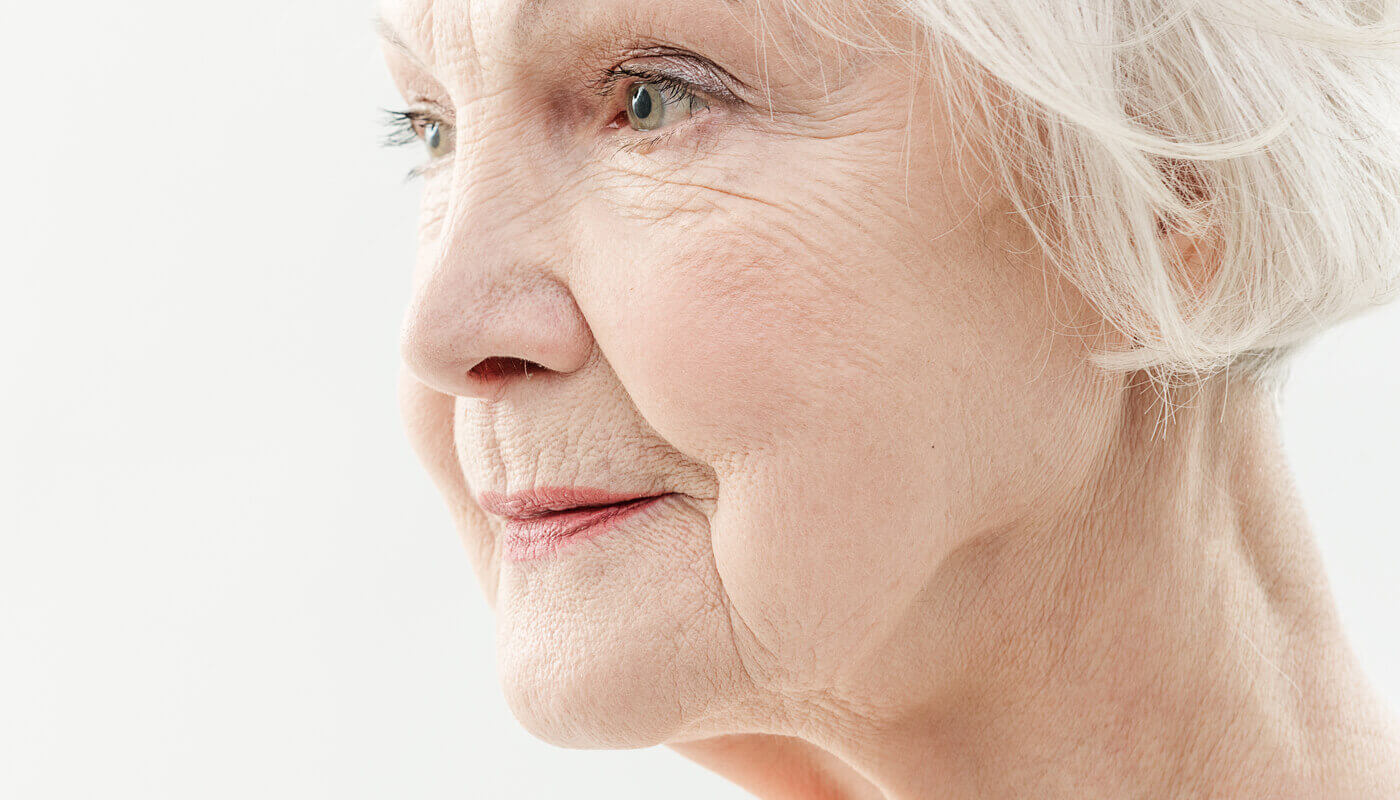You forget your bike out in the yard. When you come back for it a couple of months later, after being exposed to the sun, rain and snow, there’s bound to be some rusting. Rust is a product of oxidation, when oxygen and water from the air react with iron to form red flakes of metal.
Now think about your skin. It’s also constantly exposed to variable temperatures, sun and even harsh chemicals. All of which damage and age your skin. Fortunately, these external factors that affect the quality of our skin can be avoided, for the most part.
Just like you can store your bike in the garage, you can wear a hat, sunscreen or moisturizer to protect your skin. But, we have very little control over what happens inside our bodies.
Reactive oxygen species (ROS)
Reactive oxygen species (ROS) are a natural byproduct of making energy. Like rust, they cause oxidation, weakening and aging our skin. They are one of the main contributors to the appearance of fine lines and wrinkles.
The oxidation of elastin and collagen, two proteins that give structure to our skin, is responsible for the change we see in the texture of our skin. To make matters worse, we make more ROS as we age, and at the same time, our skin loses some of its ability to repair the damage done by ROS.
Antioxidants protect us
ROS are unavoidable – to keep breathing, moving and simply living, we need to generate energy to power our bodies. To overcome this conundrum, our bodies have evolved proteins and enzymes that can either offset the effects of ROS, or reduce the production of ROS.
These proteins and enzymes are known broadly as antioxidants. Antioxidants prevent oxidation, offering us protection from aging, just like the paint that shields your bike frame from the weather. Foods like blueberries are full of antioxidants, which is why they are great for your skin and overall health.
Showing your age
Not everyone has skin that ages the same. This is because genetics has a lot to do with how our skin fares over time.
DNA changes in two-antioxidant genes, GPX1 and NQO1, influence how well we respond to oxidation. The version of these genes we inherit dictates whether our “perceived age” and chronological age will match up.
Glutathione peroxidase I, encoded by the GPX1 gene, is one of the most important antioxidants in humans. It’s responsible for detoxifying hydrogen peroxide by turning it into water. The NQO1 gene encodes an enzyme that eliminates a class of compounds known as quinones, which are precursors of ROS.
While they use different methods and act on distinct substrates, both GPX1 and NQO1 keep oxidative damage to a minimum, helping to keep our skin supple and wrinkle-free.
Defective antioxidant proteins
Because of genetic variation, not all of us inherit a fully functional version of GPX1 and/or NQO1.
If you inherit a version of GPX1 called rs1050450, your GPX1 enzyme levels will be at least 17% lower than someone with the normal version of the gene. This means you are likely to experience a few more wrinkles, crow’s feet or sagging skin, and may ‘look’ older than your actual age.
The same is true for people with a version of NQO1 called rs1800566, which is also associated with reduced enzyme activity. Those who are unfortunate enough to inherit defective versions of both GPX1 and NQO1 will likely look the oldest among a group of the same aged peers.
Catering to your DNA
Scientists have known for decades that 60% of the differences we see in skin aging are due to genetics. But up until recently we didn’t have the technology to pinpoint the exact genes.
Today, DNA sequencing technologies are so advanced that, not only can these suspect genes be uncovered, but we can also start thinking about personalized skin care. You can do just that with the DNA Skin Health Test.
Think of it this way, if you know ahead of time that you have a defective gene that can’t protect your skin from oxidative damage, you can chose a skin care routine with extra antioxidants to counter these effects. Be proactive, it’s the best way to avoid looking your age.















